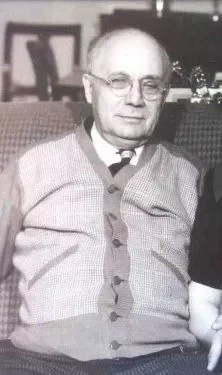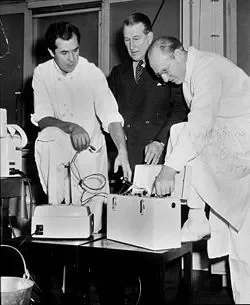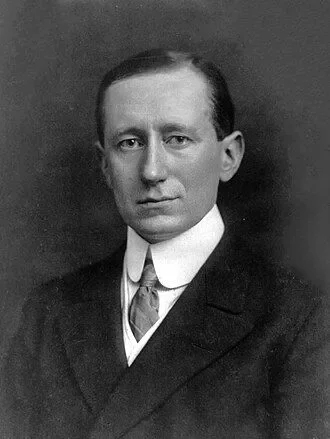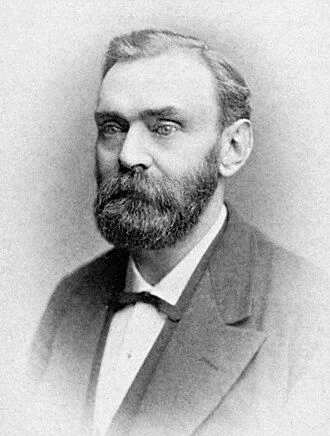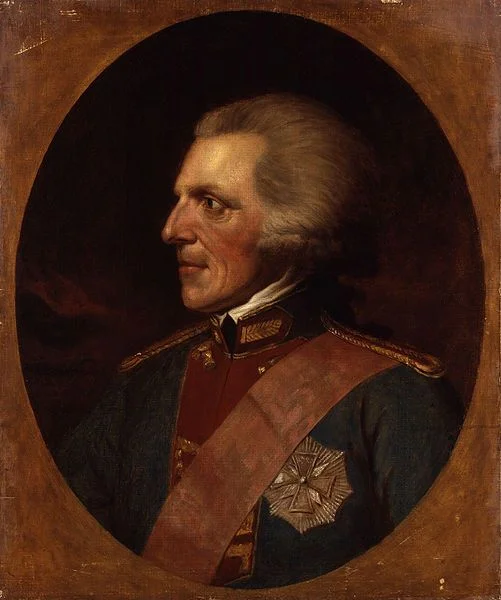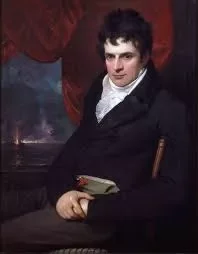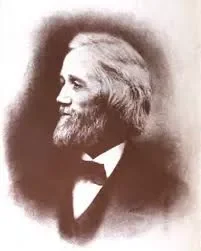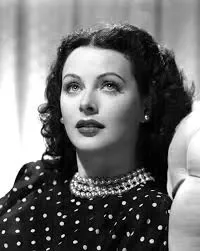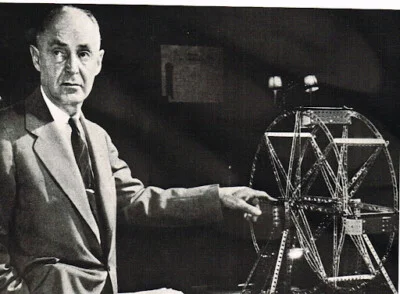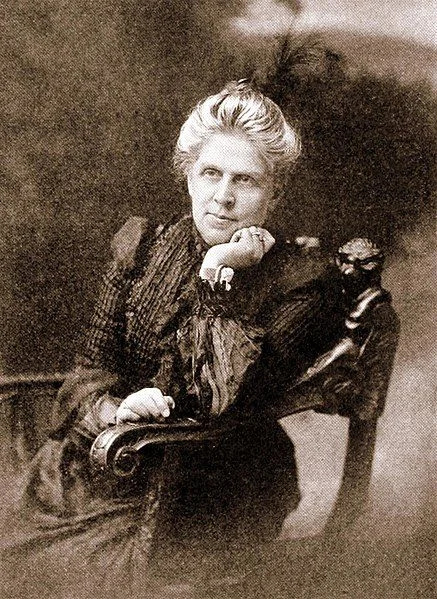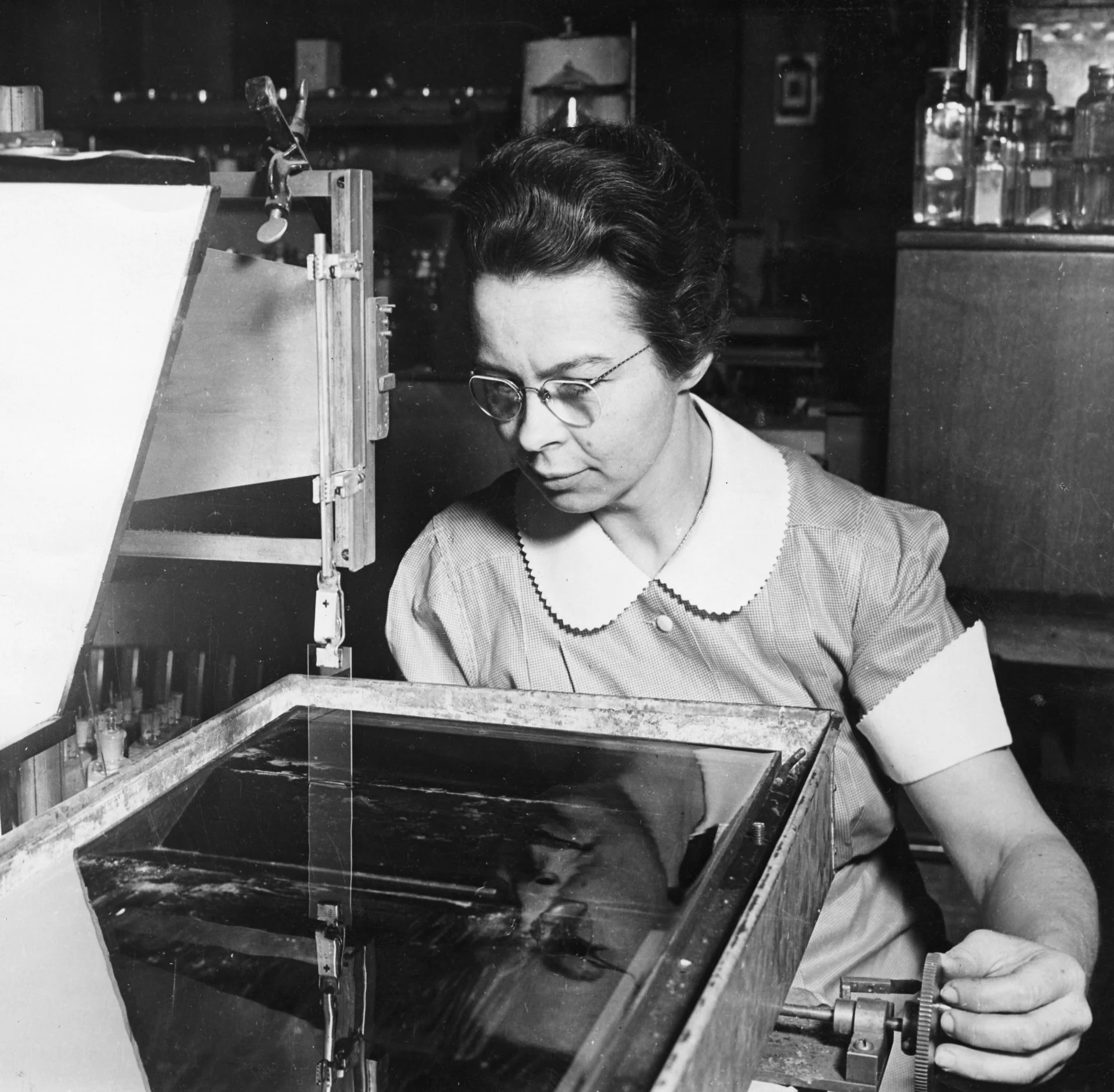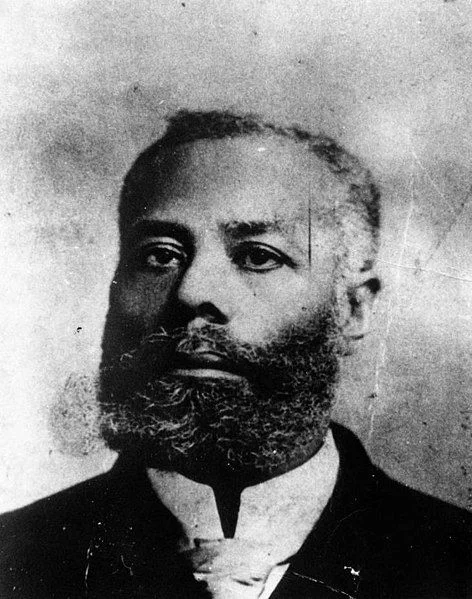Real Celebrities Never Die!
OR
Search For Past Celebrities Whose Birthday You Share
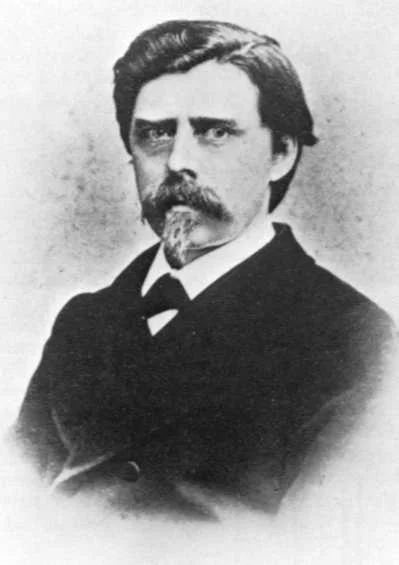
source:wikipedia.org
David Edward Hughes
Birthday:
16 May, 1830
Date of Death:
22 Jan, 1900
Cause of death:
Unknown
Nationality:
British-American
Famous As:
Practical experimenter
Age at the time of death:
69
Early Life and Musical Influence
David Edward Hughes, born May 16, 1831, in London, wasn’t your typical inventor. His life, spanning from cobblestone streets to the vast expanse of the electromagnetic spectrum, was a symphony of curiosity, innovation, and a touch of serendipity. He journeyed from the classroom, where he nurtured musical talents, to the frontiers of telegraphy and sound transmission, leaving a trail of groundbreaking inventions in his wake.
Childhood and Immigration to the United States
Hughes’ childhood unfolded against the backdrop of bustling London. His father, a musician, instilled in him a deep appreciation for music. This passion would become a leitmotif throughout his life, influencing even his later inventions. However, when Hughes was seven, his family emigrated to the United States, settling in Virginia.
Advocacy for Science Education and Recognition
Hughes’ life wasn’t solely defined by his inventions. He was a passionate advocate for science education, actively engaging with the public and promoting the marvels of technology. He was also a recipient of numerous awards, including the Royal Medal and the Order of the Iron Crown, testaments to his groundbreaking contributions.
Later Contributions to Science and Legacy
In his later years, Hughes continued to contribute to various scientific fields, including acoustics and the study of sound. His legacy extended beyond his own inventions, as his work laid the foundation for subsequent developments in telecommunications and wireless technology.
Death and Enduring Influence
David Edward Hughes passed away on January 22, 1900. His inventions laid the foundation for modern telecommunications, and his work on radio waves paved the way for wireless communication technologies that shape our world today.
Musical Talent and Early Inventions
In the new land, Hughes’ musical talent blossomed. He studied music at St. Joseph’s College in Bardstown, Kentucky, eventually becoming a professor. But his inquisitive mind wasn’t content with mere melody. He delved into the science of sound, tinkering with devices that could capture and transmit it.
The Printing Telegraph
His first major invention, the printing telegraph, was born out of a seemingly unrelated pursuit. While trying to develop a machine that could transcribe music as it was played, Hughes stumbled upon a mechanism that could transmit and print messages using electrical pulses. This invention, patented in 1856, revolutionized communication, sending messages across vast distances with unprecedented speed and accuracy.
Return to London and the Carbon Microphone
Returning to London in 1857, David Edward Hughes continued his inventive journey. He focused on improving sound transmission, leading to the development of the carbon microphone in 1878. This invention, a vast improvement over existing microphones, was crucial for the development of the telephone, amplifying faint sounds and enabling clearer communication.
Work on Radio Waves and Recognition
But perhaps Hughes’ most significant, and initially controversial, contribution was his work on radio waves. In 1879, he observed sparks in his telegraph equipment that seemed to defy conventional explanation. He theorized that these sparks produced electromagnetic waves similar to light, capable of transmitting signals over long distances without wires.
David Edward Hughes's Quote's
Skepticism and Later Recognition
However, his ideas were initially met with skepticism. The scientific community, entrenched in the belief that electrical signals could only travel through wires, dismissed his claims. It wasn’t until the late 1890s, after Heinrich Hertz’s groundbreaking experiments confirmed the existence of radio waves, that Hughes’ work received its due recognition.
Name:
David Edward Hughes
Popular Name:
David Edward Hughes
Gender:
Male
Cause of Death:
Unknown
Spouse:
Place of Birth:
London
Place of Death:
London
Occupation / Profession:
Personality Type
Logician: Innovative inventors with an unquenchable thirst for knowledge. His inventions and research were great example of his thirst for knowledge.
His carbon microphone was used in the first transatlantic telephone call in 1915.
Hughes' printing telegraph was used by Queen Victoria to communicate with her troops during the Crimean War.
Despite initial skepticism, Hughes' work on radio waves influenced later pioneers like Guglielmo Marconi.
He was a talented pianist and composer, often incorporating his musical expertise into his inventions.
He was awarded Royal Medal and the Order of the Iron Crown
Developed the carbon microphone, crucial for telephone technology
Advocate for science education and recipient of the royal medal and the Order of the Iron Crown
Invented the printing telegraph, revolutionizing communication
Pioneered research on radio waves, laying the groundwork for wireless communication
